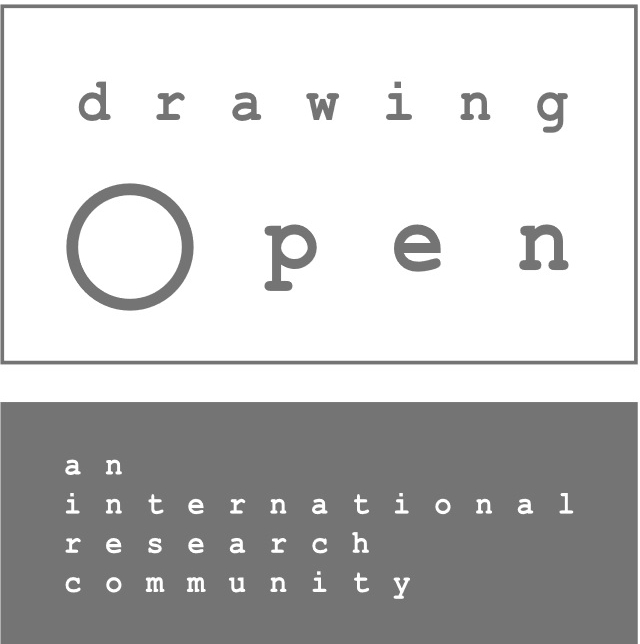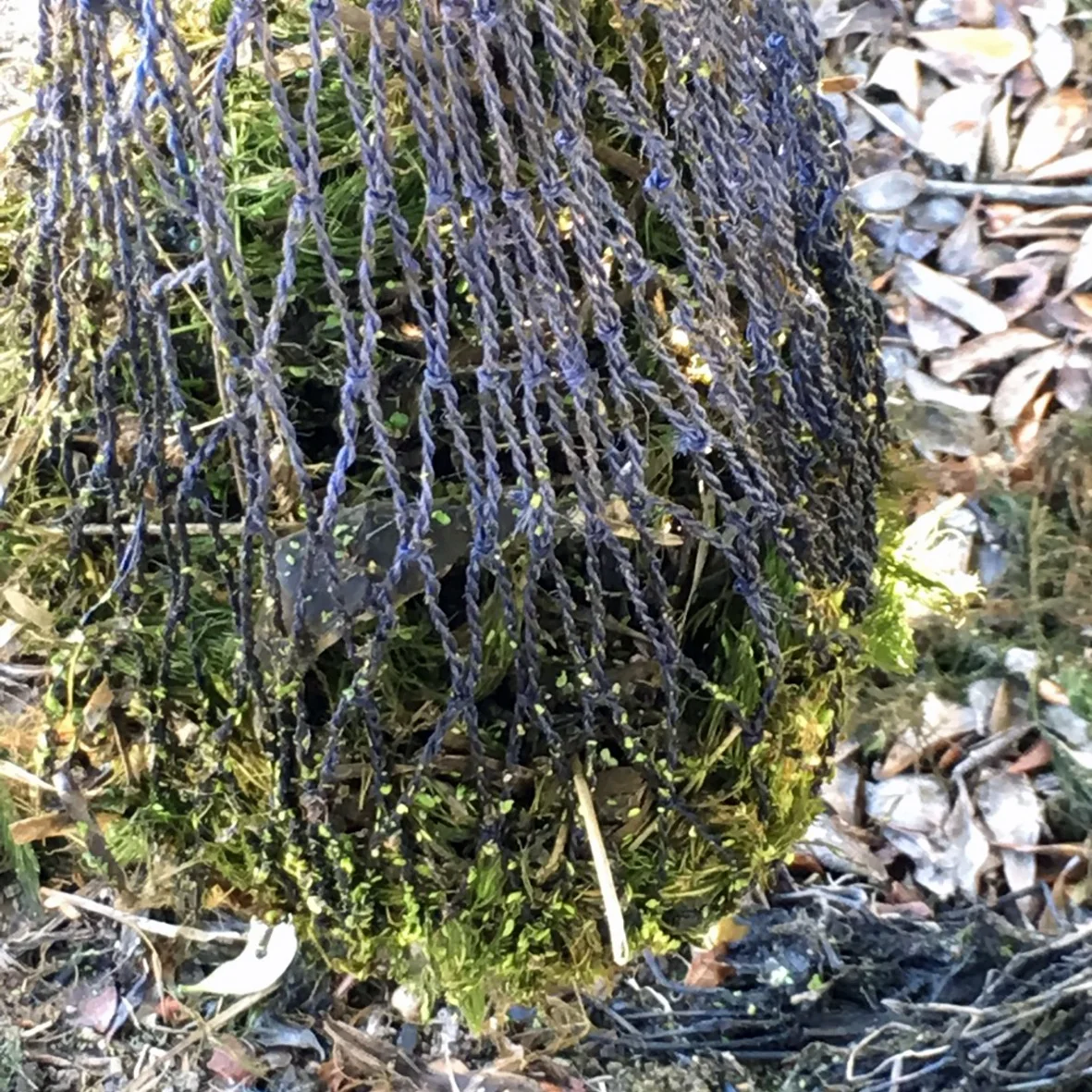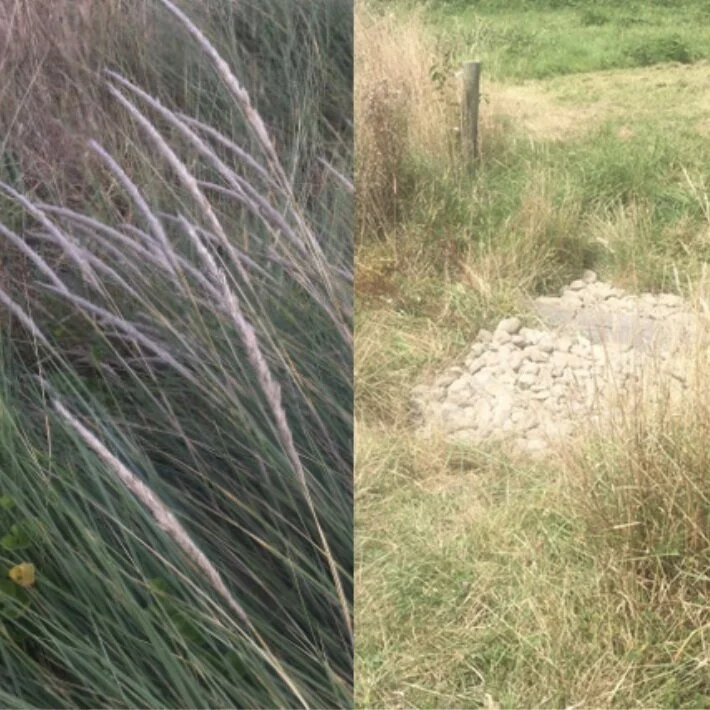Te Waituhi ā Nuku / Drawing Ecologies
The group during Kuku wānanga, Feb 2019. Read more here.
Photograph by Monique Jansen, 2019.
The Drawing Open Research Collaborative, founded by Emma Febvre Richards (Massey University) and Monique Jansen (Auckland University of Technology) in 2016, have been working alongside the Deep South Climate Change National Science Challenge research since 2017. Phase 2 Deep South National Science Challenge research Risk Management Planning for Climate Change Impacts on Māori Coastal Ecosystems and Economies is led by Professors Huhana Smith and Murray Patterson. This Māori-led climate change project is also supported by Māori researchers Aroha Spinks and Moira Poutama.
Read more about the Deep South projects phase 1 and phase 2.
With grateful support from the Massey University Strategic International Visitor (SIF) fund in 2018, the Drawing Open Research Collaborative were able to include international artist Tania Kovats amongst the formidable groups of artists and designers who converged at the first ‘Drawing Ecologies’ wānanga (intensive learning forum according to Māori principles), held at Tukorehe Marae, Kuku, Horowhenua, 11-16th February 2019. Huhana’s Deep South research fund supported both Judy Watson to attend, and for Professor Frances Whitehead with co-funds from Dist. Professor Anne Noble.
Artists working collaboratively with found items from the land at Kuku wānanga, Feb 2019. Read more here.
Photograph by Jonathan Kay, 2019.
From 2011-2019 Kei Uta Collective viewed their projects through a strong design or landscape architecture lens. More recently, Kei Uta have convened with Te Waituhi a Nuku: Drawing Ecologies group out of the Massey University and Auckland University of Technology’s Drawing Open International Research Collaborative. Using drawing as expanded practice, Kei Uta focus on alternative frameworks and methods for addressing short-term issues and longer-term impacts of ecological decline and climate change.
Exhibition of Kei Uta’s work. Hīkoi shed, Kuku, Horowhenua, 2017.
Final 'Whakatairangitia: Rere ki Uta, Rere ki Tai' iteration in the Dowse Art Museum, featuring aspects of artworks, masters student work and key Kuku exhibition elements, 2017.
Coming into the Kāpiti to Horowhenua case study Te Waituhi a Nuku, focuses on coastal Māori farming communities and whanau land holdings, whereby the group’s interdisciplinary work generates visions, strategies and actions that build upon kaupapa Māori needs, knowledge and science approaches. The intent of Te Waituhi a Nuku is to encourage new adaptations and reflect the needs of local communities. The aim is to engage in local and global issues via expanded and diverse drawing practices, ensuring that drawing is valued as a vital contributor to contemporary art, drawing research and pedagogy.
2019 Poster for Te Waituhi ā Nuku - Drawing Ecologies
Te Waituhi ā Nuku / Drawing Ecologies 2020
Maria O’Toole
Maria would like to listen to the Whenua by placing microphones in and around the Awa. Merleau Ponty speaks of the body and the subject as being of the same substance, the same flesh as the world that surrounds it. It is this unseen vital connection between the flesh of the world that I am interested in exploring visually in drawings through sensory modes of inquiry.
Lisa Munnelly
Lisa is undertaking a project that utilizes drawing, 3D modelling and projection mapping to visualize the complex interrelationship between land water and people.
Past and present interventions on the land inform algorthyms, that speculate further erosion, rising ground water and inundated coastlines.
Emma Febvre-Richards & Dean Merlino
Emma and Dean explore sensorial disruptions to nature caused by the impacts of modern living. By tracking sound and gesture in material/ digital drawing, they will compare Emma's dementia research (medartdrawing.com) with this human disconnection to the environment, aiming to assist in increasing cerebral well-being today.
Monique Jansen
A long term, site specific project is being explored, looking at the potential of biochar on wetland restoration, as a soil amendment for regenerative agriculture and for carbon sequestration. This project starts with converting biomass and agricultural waste from Kuku, into biochar; a stable, highly porous charcoal high in organic carbon. This biochar will be used in casting and 3D printed objects that will be exhibited and drawn with, then returned to the whenua to close the ecological loop.
Frances Whitehead
Whitehead made a series of drawings of native New Zealand plants, drawn with pigment from the plants themselves. Blending botanical observation and direct encounter with the plants’ pigment and materiality, “drawing with” like “walking with” allows the plants to “speak for themselves”, in a multi-species, multi-epistemic approach.
Huhana Smith
Co-curating (with Professors Penny Allan and Martin Bryant, and other curators), the drive for an international cross-indigenous contemporary art/design/sciences activists’ exhibition. Huhana is currently creating a painting and drawing installation based on lunar/stellar/environmental knowledges that are inspired by local place, and other inspirations from global hīkoi.
Gabby O’Connor
Gabby is considering a wide range of site specific responses stemming from place based research methodologies.
Carl Douglas
Carl's work explores the interweaving of material narratives as a structure of place. Through open-ended projections of possible futures, he tries to imagine how existing elements might coalesce into new configurations. At present he is particularly fascinated by the notion of tuku iho, something passed down generationally.
Mark Harvey
Whakahoki is a series of performance drawings responding to environmental changes and impacts in relation to colonisation and the evolution of the whenua, awa and moana around Kuku. Exploring the notion of ‘return’ the works involve participation, labour, live performance, with video and still documentation and installation.
Marilyn Jones
Marilyn aims to create a large fabric banner derived from photographs taken of the Ōhau Loop at the February wānanga. This waterway has been overtaken with the noxious aquatic weed - hornwort. Marilyn’s interest in the intersections of lines was piqued whilst observing the highways of lines created as birds wade through this thick mattress of weed. These lines will be re-interpreted as a tessellation of fabric in riotous abstract shapes and colours.
Jonathan Kay
Through onsite photographic fieldwork Jonathan aims to establish a connection with the medium and the physical waterways. The project would see the Ōhau stream loop reconnected through a site-specific photogram incorporating the 19th century photographic process of the cyanotype.
Jonathan’s second project aims land, sky and sea through the creation of a kite to survey the land. This project aims to make visible in some way the connection between body, land, sky and sea - te whenua, te rangi me te moana.
Tania Kovats
While staying in Aotearoa, Kovats’ followed its waterways, taking time to note their unique cultural and political meanings to indigenous and non-indigenous people. Central to Kovats’ work is working with natural environments, materials, processes and systems. Water is a fundamental element of concern for Kovats’ because of its tendency to bring people together, and create physical and geo-political borders simultaneously. In response to this research, Kovats’ plans to produce a newspaper that explores these relationships and how water personified, speaks directly to us.
Penelope Allen & Louisa King
Penelope and Lousia hope to produce a publication about Te Waituhi ā Nuku (Drawing Ecologies) experience and the work produced out of that collaboration. The pair have interviewed participants to understand the key themes and ideas emerging from the 2019 wānanga. Over 4 days in February 2019, the Drawing Open research community came together as Te Waituhi ā Nuku to actively engage material events such as climate change and imagine new relationships and material futures for Kuku’s whenua/landscape.
Invited guests
Gabby O’Connor
Aotearoa NZ | Photo: Mark Tantrum
Ann Shelton
Aotearoa NZ | Photo: Dani McIntosh
Penelope Allen & Louisa King
University of Technology Sydney, Australia | Photo: Dani McIntosh
Mana Moana
Rachael Rakena & Mike Bridgeman, Aotearoa NZ | Photo: Maria O’Toole
Tim Larkin
Massey University, Aotearoa NZ | Photo: Dani McIntosh
go back to projects




























